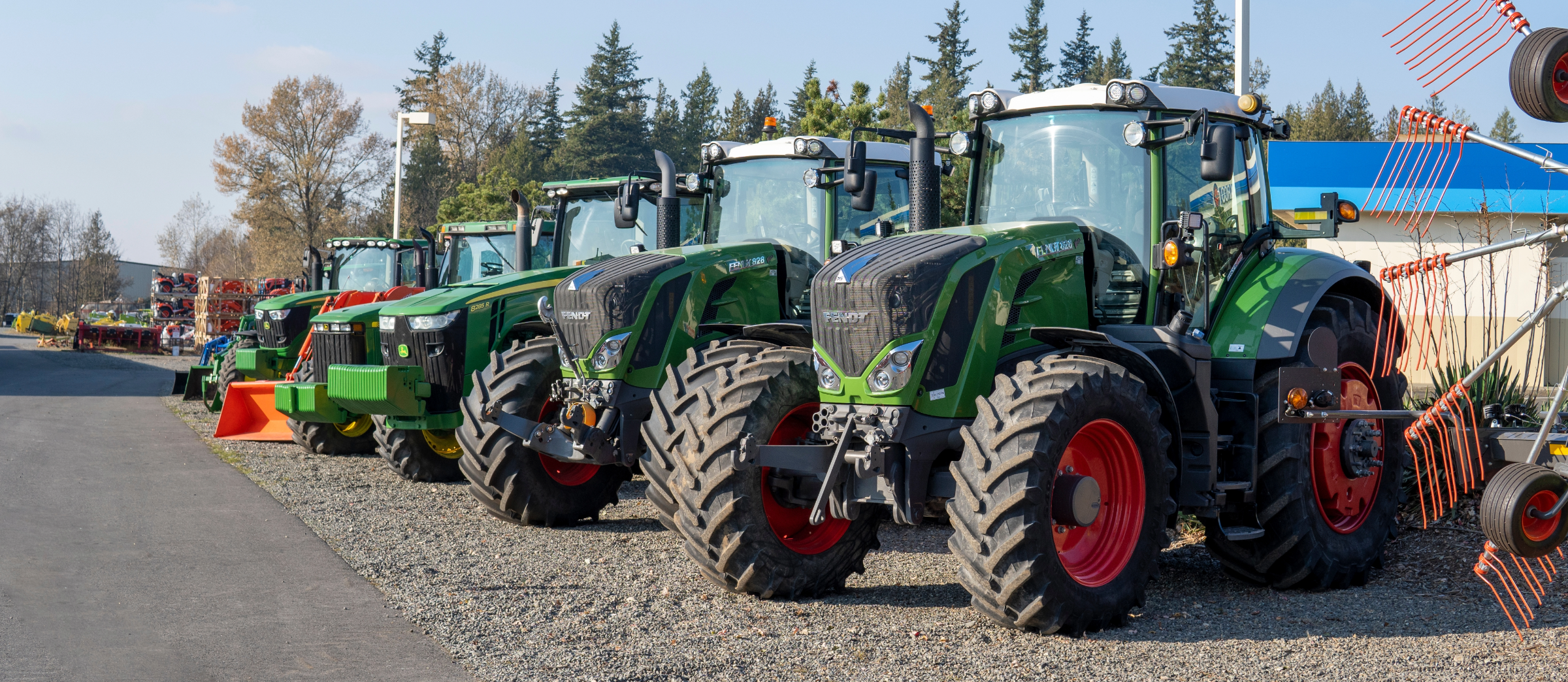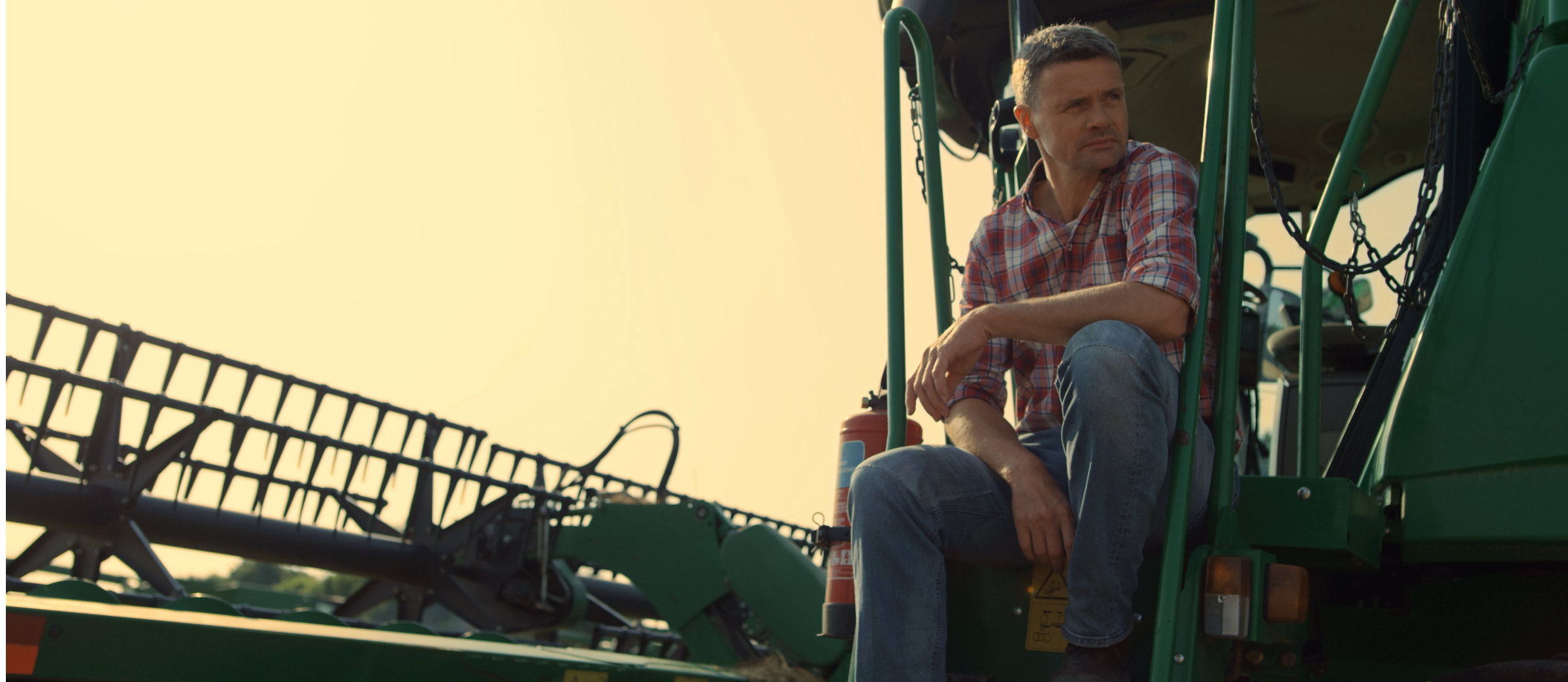Capital Investment Analysis
Author(s): Steve Isaacs
Published: November 29, 2023
Shareable PDF
Several years ago, a farmer I knew fairly well gave me a call. He was considering an investment in some new haying equipment and wanted to pick my brain, a task that usually doesn’t take very long. This is a good farmer. He grows high-yielding, high-quality crops and cattle. He’s one of the best record keepers I know, and he uses his records to inform good decisions.
He described what he was considering, and I started asking questions. What does it cost? How much labor will it save? Is there any equipment it will replace? Do you have the other equipment and facilities needed to make this work? How long will it last? How many bales per year will you be able to spread the costs over? He’d thought of most of these, as I suspected, and I told him I thought it was a good investment, and to go for it. THEN, he tells me, “Well, I’d already bought it. I just wanted to see if you thought it was a good decision.” All this to confirm a purchase that had already been made.
Thus, the number one rule of investment analysis: Do the analysis BEFORE you make the decision.
Investments in land, machinery, livestock, facilities, the things that will last, and hopefully make money, are long term decisions with major implications for the business. They’re the things we really want… the farm next door, the new tractor, a nice shop building. The things we REALLY want. We’re usually talking about things that cost a lot up front and whose costs (and returns) are spread over several years (or decades). It’s important to get it right, but too often emotion plays a bigger role than analysis.
Why? Because analysis is hard, and emotions are easy. Analysis of a major purchase can have a lot of moving parts and requires putting pencil to paper or numbers to a spreadsheet. It would be nice to have a decision tool already available. Put in some numbers and out pops a decision. It does not work that way. Every investment will be unique… different costs, different outcomes, different net return estimates, different cash flow patterns. It’s not easy but it’s not impossible and it’s far better than hunches and hope.
Here are some guidelines:
1) Determine the cost. The easy part, the price is usually known or negotiated. Don’t forget to consider trade-in value if this is replacing a similar investment.
2) Annualize or unitize the cost. How long will it last? Spread the costs over its anticipated life. We call that economic depreciation. How many bales, acres, or head will the cost be spread over?
3) Estimate operating costs including interest on the investment (per year and/or per unit).
4) Determine any cost savings (per year and/or per unit).
5) Estimate the benefits… increased revenue and/or decreased costs, again per year or unit.
This process is called partial budgeting. I asked a group one time if they knew what a partial budget was and one guy said, “Yeah, one you haven’t finished yet!’ Well, not quite, but it is pretty simple. List the advantages in one column and the disadvantages in another. The advantages are increased revenue or reduced costs. The disadvantages are increased costs or reduced revenue. Compare the two columns. If the advantages are greater than the disadvantages, it’s a good deal. CAUTION: make sure the units are the same for all items. A total cost compared to an annual revenue is not a valid comparison. Getting everything on an annual basis with the same units (ac/bu/hd/etc..) is critical and is the most common mistake my students make in their partial budgeting exercises.
6) Use the partial budget results to create a net income stream over the life of the asset. It may not be the same for every year. Early years may be more or less profitable than later years. Think Christmas trees for example.
7) This net income stream can be used to evaluate the economic viability of the investment using different criteria:
- Payback Period. How long does it take the net income stream to “pay for the investment.” It’s simple and easy to understand but can be misleading. It does not consider the entire life of the investment, ignoring any revenue or losses after the payback period.
- Simple Rate of Return: Take an average of the annual net incomes and divide it by the cost of the investment. Again, simple. You get an “average rate of return” or ROI (return on investment). Problem- it gives equal value to earnings this year or ten years from now. Which brings us to:
- Net Present Value*: What is today’s value of that stream of income the investment will generate? Compare that to the cost of the investment in step 1). If NPV is greater than the cost, it’s a good deal and has accounted for the entire life of the investment and the time value of the money.
- These three all account for the financial value of the investment. There may be other non-monetary considerations like safety, convenience, and timeliness. While difficult to quantify, they may factor into the decision-making process.
8) Use the partial budgeting and net income over time to reach a decision using one or more of the criteria. Make an informed decision BEFORE you make the purchase.
9) Call me to make sure you did the analysis correctly, then buy the haying equipment.
A simple example:
Suppose you’re interested in purchasing bred heifers for your cow-calf operation at $2,000 each and figure they will be worth $1,000 as cull cows after eight calf crops. A highly simplified partial budget including calf revenue and variable costs per year on a per head basis might look like Table 1.
Table 1. Partial Budget
Advantages
Added Revenue
Feeder calf $950
Reduced Costs
None that I can think of $0
Total Advantages: $950
Disadvantages
Reduced Revenue
None that I can think of $0
Added Costs
Pasture $80
Hay/Mineral $260
Vet/Medications $30
Machinery/Equipment $40
Breeding $50
Marketing $40
Other Stuff $100
Total Disadvantages: $600
Net Income $350/head/year
The anticipated income the heifer might produce over her useful life might look like Table 2. You’ll have to buy them this year but the income doesn’t start till next year. To be on the safe side let’s say current prices might not hold over time so we’ll drop the net income some in the out years and we will include the cull value of $1,000 in the last year.
Table 2. Net Income Stream
Year Net Income
2023 ($2000)
2024 $350
2025 $350
2026 $350
2027 $350
2028 $300
2029 $300
2030 $250
2031 $1250
At this point we have a budget to estimate the advantages of the investment and an estimate of the income that the investment will generate over its life. It’s decision time. But before we go there be aware that this is a simple example to show how investment analysis is done. This does not take into account the variability of the assumptions including prices, or that the heifer or a calf might die. That for another type of analysis – risk analysis.
Now, let’s see what decision we might reach using the criteria we mentioned earlier: Payback, ROI, and NPV.
Payback Period: six years.
$350 + $350 + $350 + $350 + $300 + $300 = $2,000
It will take six years of net income to “payback” the $2,000 cost of the investment. Beware of those who say something like, “If she costs $2,000 and I sell two $950 calves, she’ll be nearly paid for in two years." Sure, if it didn’t cost anything to raise that calf. Beware of using only one column of the partial budget.
Simple Rate of Return: 15.6%
The average of the net incomes from 2024 through 2031 is $312.50. If that “average” return is divided by $2,000, then the ROI is 15.6%
Net Present Value at a 6% discount rate: $2,599
Dropping the 2024 thru 2031 income stream and the value of the cull cow at the end into a spreadsheet or financial calculator we get the value of that total investment in terms of today’s dollars. A current value of $2,599 clearly exceeds the cost of the $2,000 investment making this look like a good opportunity. The choice of a 6% discount rate is somewhat arbitrary, but could reflect the cost of borrowed money or a desired rate of return on the asset. It can be set higher or lower to account for risk.
At the end of the day while I’d much prefer you tell me, “The NPV of these heifers that I can buy at $2,000 each is $2,599,” I’d be happy if you said, “these heifers will pay for themselves in six years” or “the rate of return is 15.6%.” You’ve at least “done some analysis BEFORE you made the decision.”
FOOTNOTE:
Net Present Value (NPV) is not some mysterious financial term understood only by bankers and financial gurus. We understand that if we invest money at some interest rate and it is compounded over time the value grows to some Future Value. NPV is compounding in reverse. It tells me what that value in the future is worth today at some interest rate (called a discount rate). Spreadsheets and financial calculators have made the calculation easy. There are NPV calculators on the internet and yes, there’s an app for that. The NPV function calculates today’s value of a future income stream at a user defined discount rate. The interest rate on borrowed money is a good starting point for a discount rate. You can add a few points to account for risk if you’d like. The spreadsheet will calculate the NPV in nanoseconds.
Recommended Citation Format:
Isaacs, S. "Capital Investment Analysis." Economic and Policy Update (23):11, Department of Agricultural Economics, University of Kentucky, November 29, 2023.
Author(s) Contact Information:
Steve Isaacs | Extension Professor | sisaacs@uky.edu
Recent Extension Articles
Secrets of Successful Farm Managers
Kayla Brashears
After spending over a decade analyzing a plethora of farm operations, I’ve learned a few things about what makes an operation successful. There isn’t a hidden formula anyone can follow to become successful, but there are best practices that operations can implement to position themselves favorably.
The Corporate Transparency Act and its Potential Impact on Kentucky Businesses
Jonathan Shepherd, Bill Eversole, and Trish Murphy
On January 1, 2024, the Corporate Transparency Act (CTA) will go into effect, which has a potential impact on many of Kentucky's small businesses. This new law requires nearly all business entities to report their beneficial owners to the federal government. While this legislation has the potential to affect many of Kentucky’s small businesses, many have never heard of this legislation, much less the potential financial implications of non-compliance, or the time allowances given for compliance.




